Curry powder is a vital ingredient in many cuisines, adding warmth, complexity, and vibrancy to dishes ranging from hearty curries to light stir-fries.
But what do you do when you realize you've run out of this versatile spice blend mid-recipe?
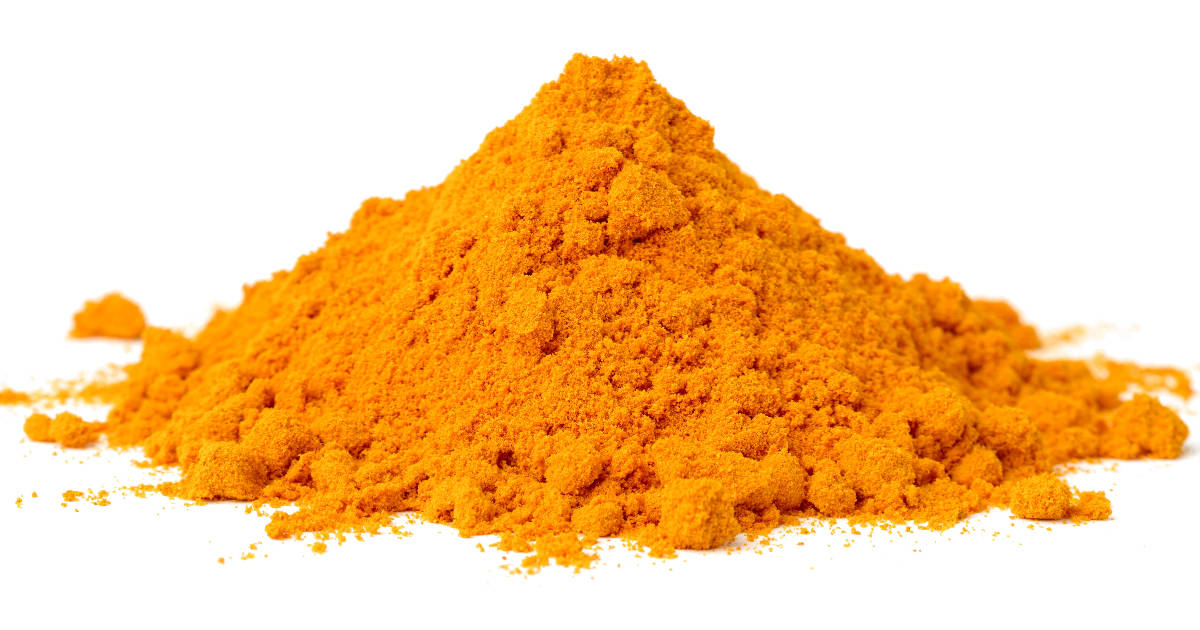
No need to panic - there are many easy curry powder substitutes you likely have on hand to save the day.
What is Curry Powder Made Of?
To understand how to mimic curry powder, it helps to know what goes into this complex spice blend. While recipes vary, several ground spices commonly form the base:
- Turmeric - Provides earthy, bitter notes and that iconic golden hue
- Coriander - Adds subtle citrus and sweet aromas
- Cumin - Imparts a nutty, spicy undertone
- Fenugreek - Contributes some bitterness
- Chili powder - Brings heat and red color
Additional spices like ginger, cinnamon, cardamom, cloves, mustard seeds, and black pepper can provide extra dimensions like sweetness, warmth, and zing. When combined, these ingredients create the rich, layered aromas and flavors characteristic of curry powder.
What Does Curry Powder Taste Like?
With its blend of spices, curry powder has a complex yet balanced flavor profile. It is simultaneously:
- Warm - Thanks to spices like cumin, cinnamon, and ginger
- Savory - From earthy, potent turmeric
- Slightly sweet - Notes of cinnamon and coriander
- Slightly bitter - Fenugreek adds a hint of bitterness
- Spicy - Chili powder brings heat
This mélange of tastes, paired with the intoxicating aroma, makes curry powder a versatile ingredient that can transform the flavor of vegetables, meats, legumes, and more.
When exploring substitutes, think about which qualities you want to mimic - the warmth, sweetness, bitterness, or spice level. This will guide you in choosing suitable alternatives.
Types of Curry Powder
Not all curry powders are created equal. Indian, Thai, Japanese, and Jamaican versions offer their own unique flair:
Indian
Indian curry powder forms the basis for many curry spice blends. It strikes a balance between spices like cumin, coriander, turmeric, ginger, and black pepper. Northern Indian variants tend to be milder, while southern powders pack more heat.
Thai
Thai curry incorporates chili powder and galangal for an intensely spicy, aromatic kick. Lemongrass, kaffir lime leaves, and shrimp paste also feature in blends tailored to Thai cuisine.
Japanese
Japanese curry powder has a milder, sweeter profile thanks to spices like star anise, nutmeg, and licorice root. It creates the satisfying, thick sauces Japanese curry is known for.
Jamaican
Jamaican blends contain warm spices like allspice, cloves, and cinnamon. The result is a curry powder with robust, layered flavors suited to Caribbean cuisine.
When choosing a substitute, consider which cuisine you are making and aim for a comparable flavor profile.
10 Best Curry Powder Substitutes
Luckily, plenty of pre-made spice blends or DIY mixes can adequately mimic curry powder. Here are foolproof substitutions using spices you likely have on hand:
1. Garam Masala
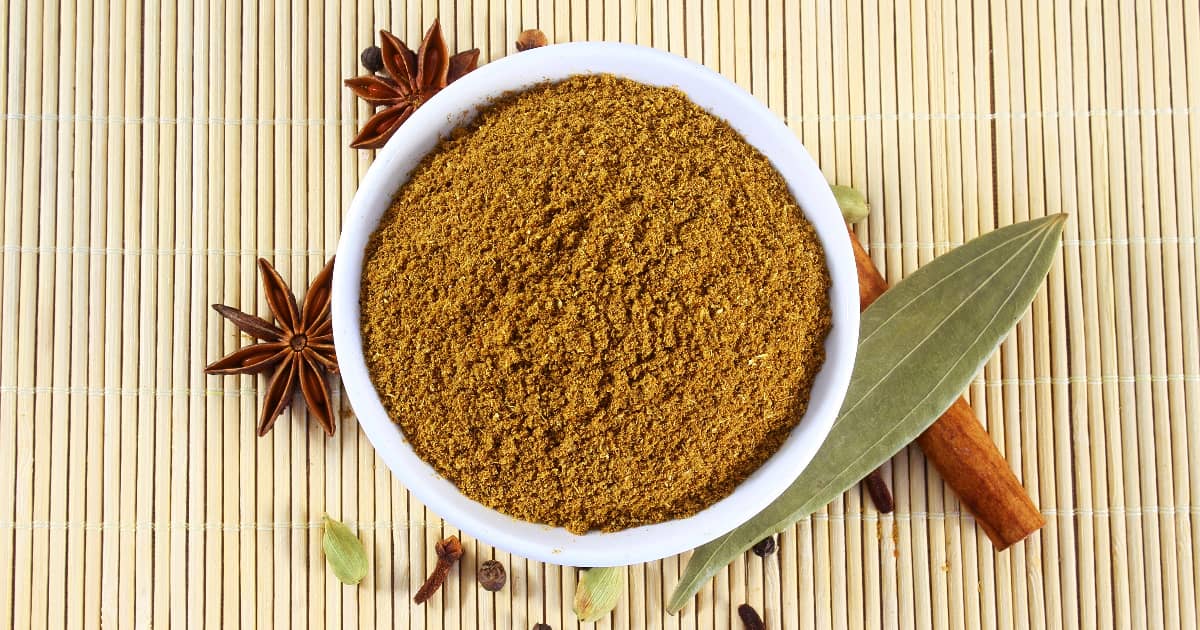
Garam masala is an Indian spice blend containing many ingredients also found in curry powder - cinnamon, cumin, cardamom, cloves, coriander. It provides a similar warming quality, making it an easy 1:1 substitute.
Keep in mind that garam masala is heavy on sweet spices and lacks turmeric's golden color. Add a pinch of ground turmeric to better approximate the color and flavor of curry powder.
2. Madras Curry Powder
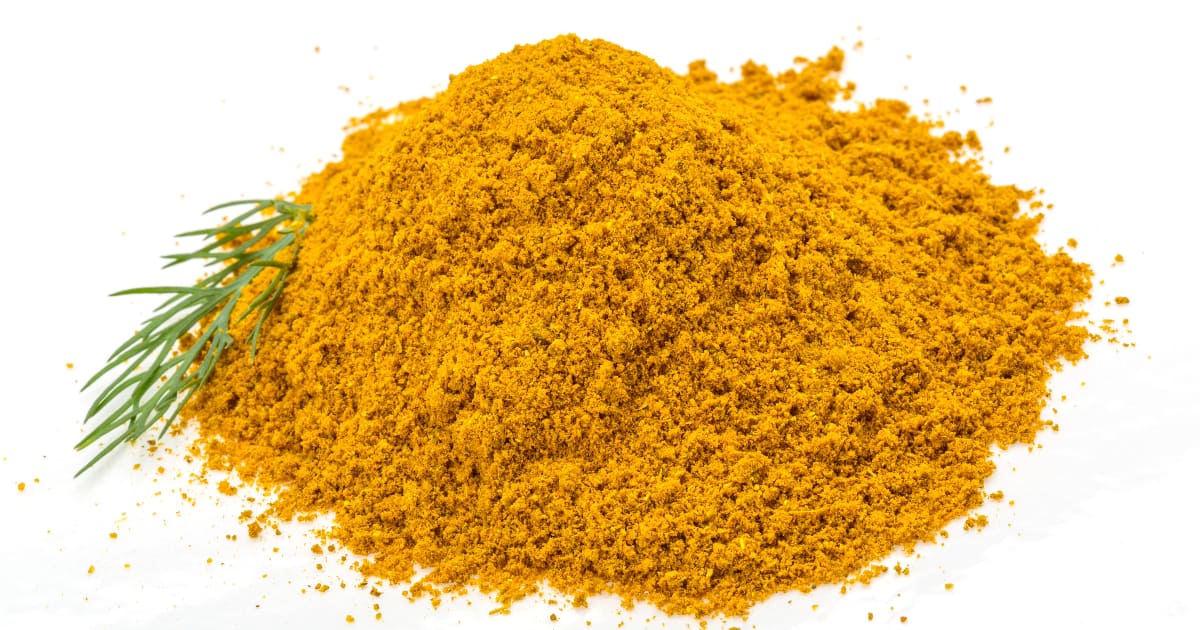
For bolder, spicier curries, try using Madras curry powder, which contains chili and is tailor-made for Indian cuisine. Use it as a 1:1 replacement for curry powder, knowing it will pack some heat.
3. Tandoori Masala
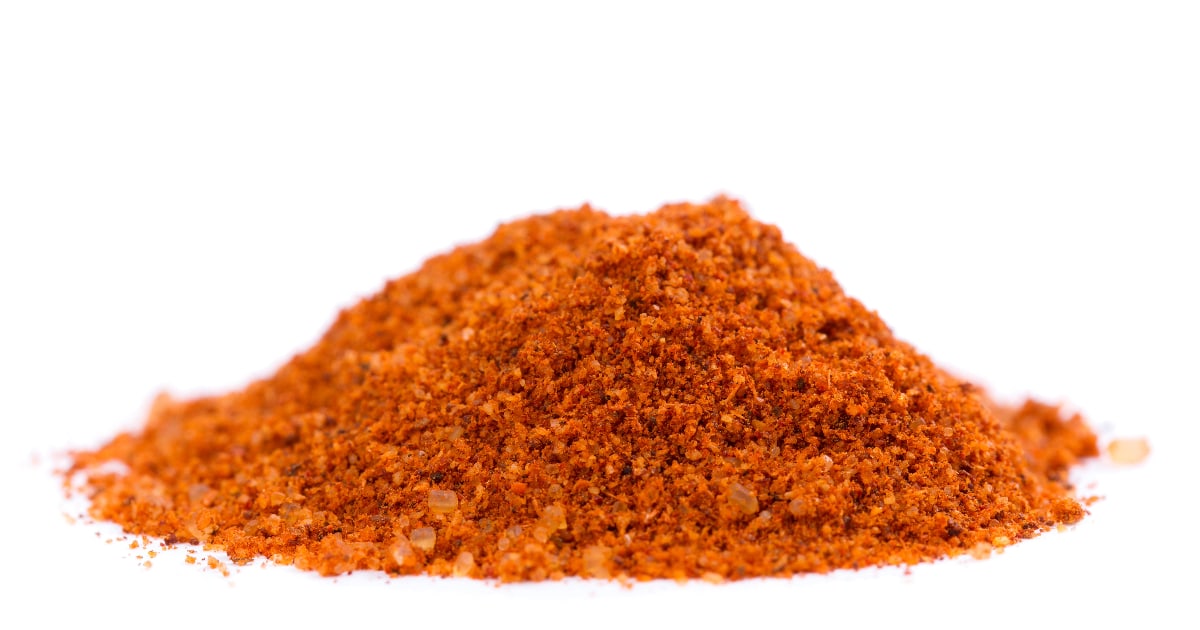
Tandoori masala incorporates curry powder-friendly spices like coriander, cumin, ginger, garlic, fenugreek, and cinnamon. It has a more robust, earthy flavor, so use half the amount of tandoori masala when substituting for curry powder.
4. Chaat Masala
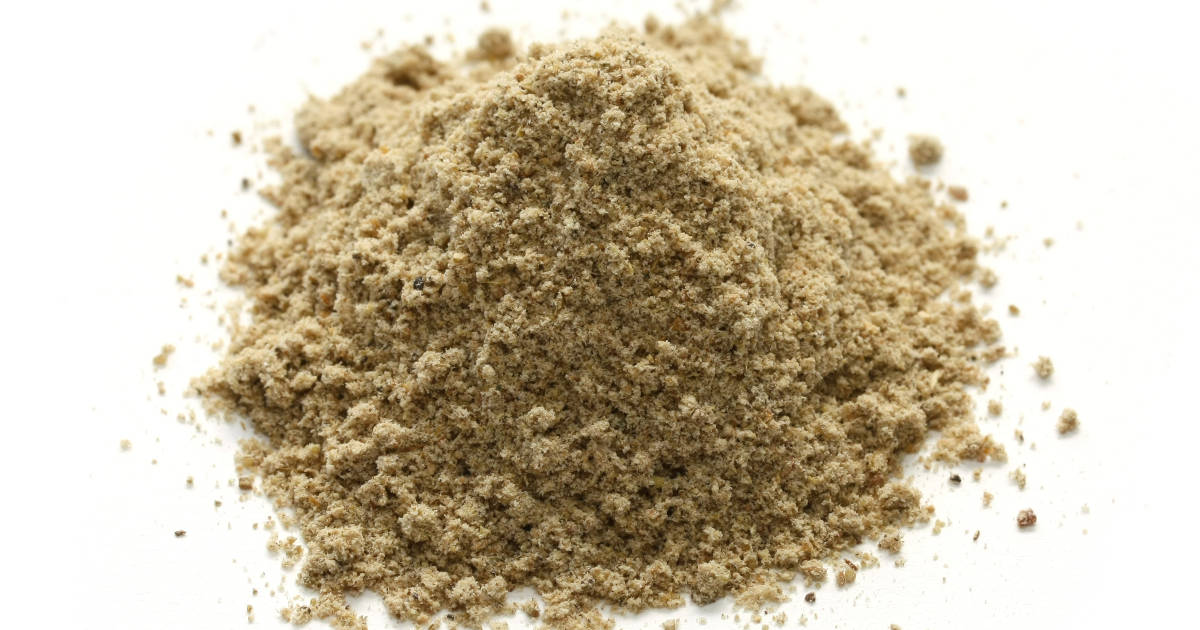
Chaat masala is a tangy, salty Indian blend that works well in place of curry powder. It contains cumin, coriander, and amchoor. Use it 1:1 for a flavorful twist.
5. Chinese 5 Spice Powder
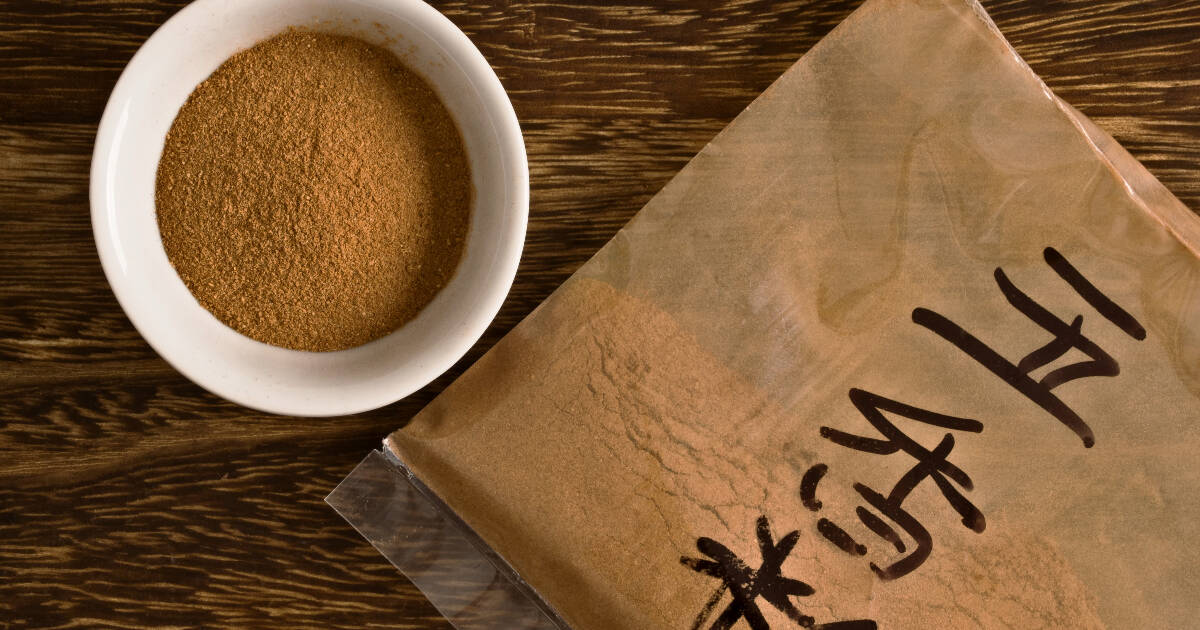
Although not Indian, Chinese 5 spice powder mimics the warming quality of curry powder. Containing cinnamon, cloves, fennel seed, and star anise, start with half the amount of 5 spice powder and adjust to taste.
6. Curry Paste
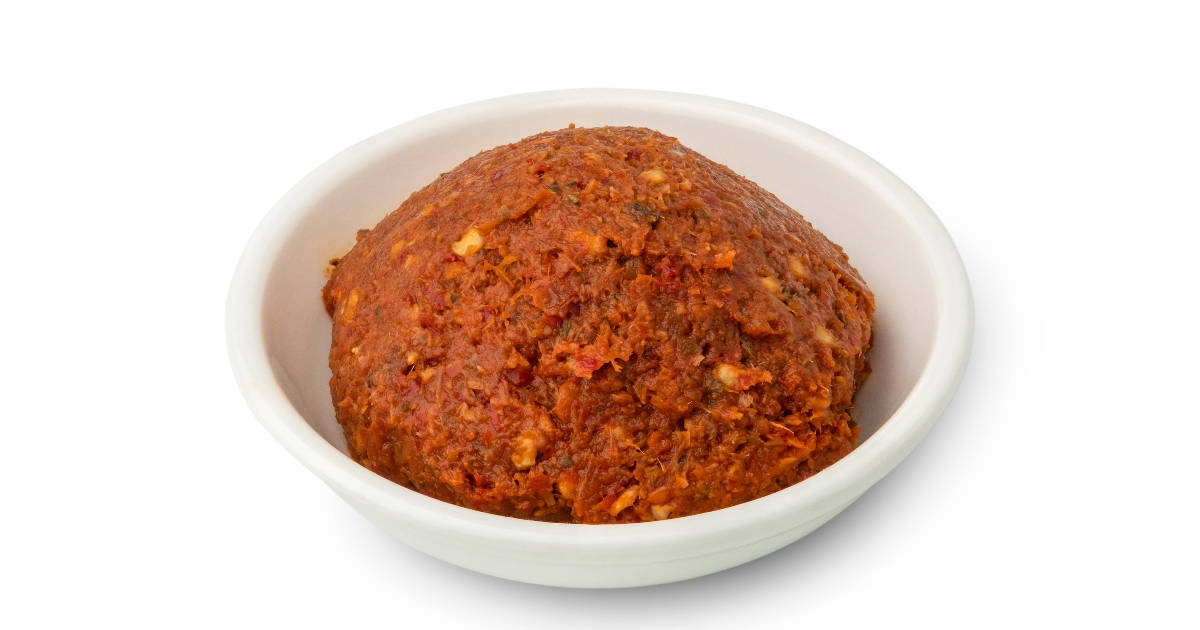
Look for Indian curry pastes containing turmeric, coriander, cumin, fenugreek, and chili for an easy curry powder swap. Blend with equal parts water before using to dilute the intense flavors.
7. Cumin + Coriander + Turmeric
DIY your own curry powder substitute by combining ground cumin, coriander, and turmeric. Add chili powder or cayenne for heat. Play with the ratios until you achieve the ideal flavor.
8. Turmeric + Chili Powder
Simply combining turmeric for its color and chili powder for heat makes a workable curry powder replacement. Adjust the amount of chili powder based on your desired spiciness.
9. Coriander + Cumin + Paprika
Another homemade blend option is ground coriander, cumin, and sweet paprika. Paprika will mimic the red hue without the intense heat of chili powder.
10. Curry Leaf Tadka
Sautéing curry leaves to release their aroma and flavor is common in Indian tadka. While not a direct flavor match, it will provide authentic curry flavor.
Tips for Using Curry Powder Substitutes
When using a curry powder alternative, keep these tips in mind:
- Start small - Add substitutes gradually and taste as you go until the flavor is right
- Consider the dish - Pick options suited to the cuisine (Indian, Thai, etc.)
- Mind the color - Add turmeric if you want the golden curry powder hue
- Boost heat - Sprinkle in cayenne or chili flakes if more heat is needed
- Adjust seasoning - Counterbalance tangy or salty substitutes with added spices
With an arsenal of versatile curry powder substitutes, you can replicate those crave-able flavors no matter your spice inventory. Improvise, experiment, and transform any dish into a flavorful culinary journey.
Frequently Asked Questions
Can I use garam masala instead of curry powder?
Yes, garam masala makes an excellent curry powder substitute. Just keep in mind it has a stronger, sweeter aroma, so adjust the quantity when swapping. Add a pinch of turmeric to achieve the right color.
Is Chinese 5 spice powder a good curry powder substitute?
Chinese 5 spice can mimic the warm, savory quality of curry powder, although the flavor profile differs. Use half the amount of Chinese 5 spices and blend with other spices like cumin or coriander for a closer match.
What's the difference between curry powder and curry paste?
While both add curry flavor, curry powder is a dried blend of ground spices, while paste incorporates fresh ingredients like garlic, ginger, lemongrass, and oils for a wetter, more pungent flavor. Don't substitute paste for powder directly - dilute it first.
Can I use tandoori masala instead of curry powder?
Yes. Tandoori masala makes a great replacement thanks to common ingredients like turmeric, cumin, coriander, and chili powder. It has a spicier profile, so use about half the curry powder called for.
What if I don't have many spices on hand?
You can approximate curry powder using cumin, turmeric, and chili powder, or paprika. Or blend coriander, cumin, and turmeric. While not exact, these options add the main curry powder flavors.
Conclusion
Curry powder may have a complex blend of spices, but you can duplicate its warm, earthy essence using spices you likely have in your pantry already.
With resourceful curry powder replacements like garam masala, curry leaves, coriander, and cumin, you can save your recipe and enjoy delicious results.

